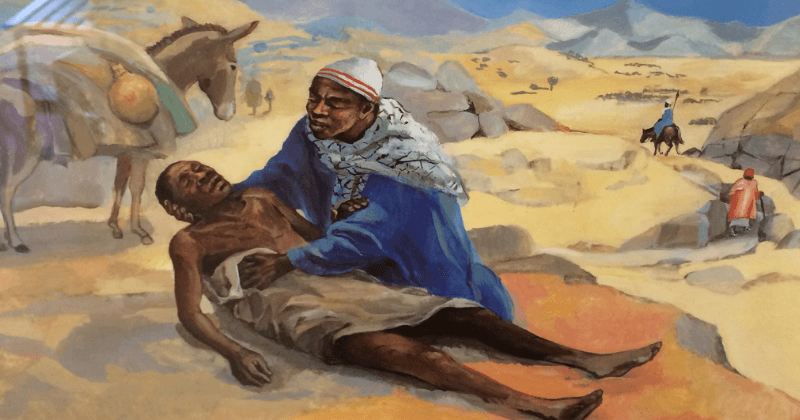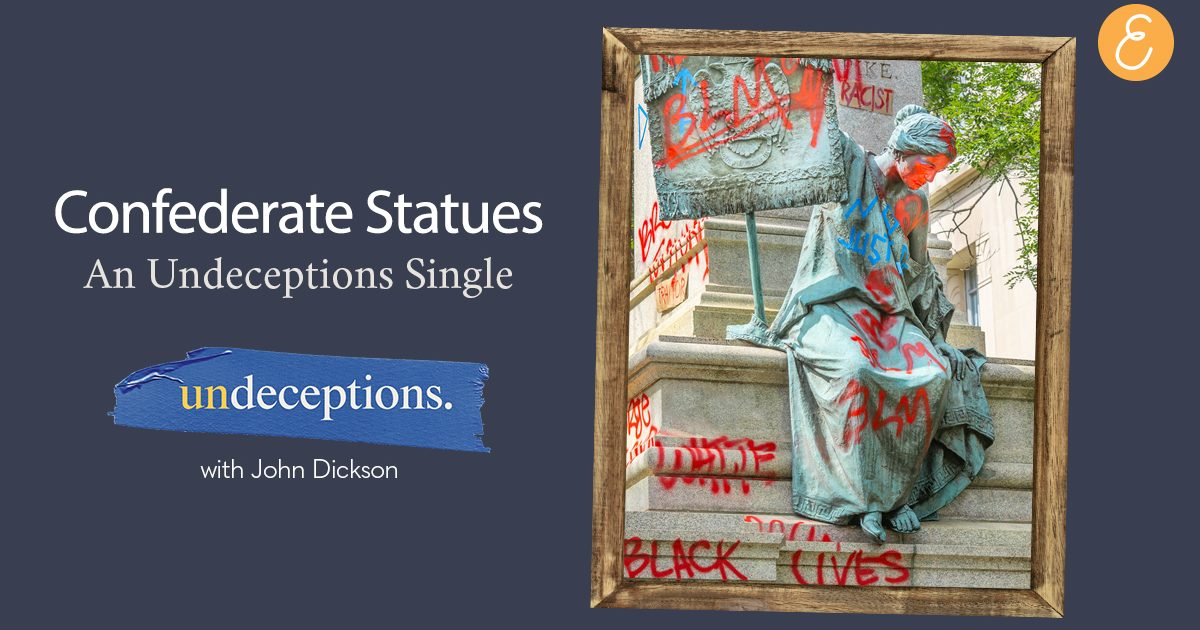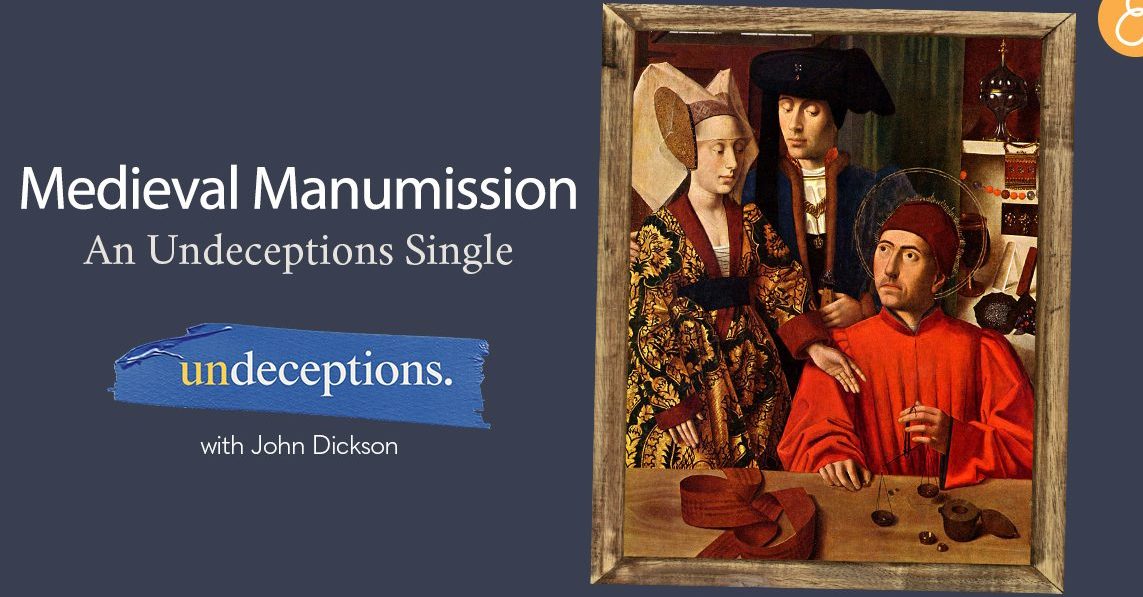According to Jesus, love was to overrule our petty prejudices and inspire heroic acts of compassion, whatever the inconvenience.
These themes come together in what is perhaps Jesus’ most famous parable: the now proverbial ‘Good Samaritan’, in which a needy individual half dead on the road is overlooked by two of Israel’s leaders – a priest and a Levite – but cared for by a non-Israelite Samaritan.
The parable is found only in Luke, but it’s not his own creation in the opinion of most scholars. It comes from his unique source known as “L”.
Before I quote the parable itself, let me highlight three historical things that help the story come to life from its original context. First, the priest and Levite introduced to us in the parable were privileged members of Jewish society with special responsibilities in the temple. A statement in the Mishnah -the second Holy book of Judaism – puts it like this: A priest takes precedence over a Levite. A Levite over an Israelite. Both priests, and Levites had really high social standing and were usually pretty well off.
The second historical thing is that in ancient Judaism, touching a dead body was believed to defile you. It made you ritually unclean and therefore unable to enjoy God’s presence. This was a particular concern for priests and Levites, of course, because they had to go into the temple and you couldn’t go into the temple if you were ritually unclean. Now here’s the thing: The fact that the injured man in the parable is left “half dead” or hēmithanēs, means that there’s a potential for defilement from these characters in the story.
The third thing to hold in mind is that Samaritans who lived in a discrete region just north of Jerusalem called Samaria, shared some heritage with Israel, but were hated by first century Jews as heretics and half breeds. And the feeling was mutual.
A classic example of the hostility between Jews and Samaritans can be seen in an incident reported by the first century Jewish writer, Josephus.
It had been a custom in Jerusalem at the start of the annual Passover festival to throw open the gates of the temple at midnight so that eager pilgrims could start filing into the national shrine in preparation for the coming days’ service. It’s like opening the gates of a football match early. On one of these occasions, Josephus tells us, some Samaritans snuck into the temple area undetected (they would have been killed on the spot had they been detected) and began to scatter human bones in the porticoes and throughout the temple, thus defiling the place.
This was such a scandal when people discovered it, that new security measures around the temple had to be brought in immediately following this. Now the incident occurred when Jesus was a teenager. So it’s well within the living memory of everyone in Jesus’ original audience for the parable of the Good Samaritan.
Now to the parable itself. According to Luke, a religious scholar had just asked Jesus, “Who is my neighbor in the biblical commandment, love your neighbor as yourself?” The parable is Jesus’ answer to this question.
“A man was going down from Jerusalem to Jericho, when he was attacked by robbers. They stripped him of his clothes, beat him and went away, leaving him half dead. A priest happened to be going down the same road and when he saw the man, he passed by on the other side. So to a Levite, when he came to the place and saw him, passed by on the other side. But a Samaritan, as he traveled, came where the man was and when he saw him, he took pity on him. He went to him and bandaged his wounds, pouring on oil and wine. Then he put the man on his own donkey, brought him to an inn and took care of him. The next day, he took out two denari and gave them to the innkeeper. “Look after him,” he said, “and when I return, I will reimburse you for any extra expense you may have.” Jesus concluded, “Which of these three do you think was a neighbor to the man who fell into the hands of robbers?” The expert in the law replied, “The one who had mercy on him.” Jesus told him, “Go, and do likewise.” Luke 25:30-37
Making a Samaritan the hero of the parable was a pretty daring thing to do. And it added to the inherent critique in Jesus’ teaching. He’s saying that religion can sometimes be a hindrance to universal love. And if that sounds particularly modern, that’s only because Jesus’ teaching here has massively influenced our own outlook, whether we’re religious or a secular humanist.
All of this makes really odd the claim of Richard Dawkins in ‘The God Delusion‘ that Jesus never implied that love should be shown across racial or religious boundaries. In that book, he says, “Jesus was a devotee of the same in-group morality, coupled with out-group hostility that was taken for granted in the Old Testament.” This will come as a great surprise to anyone who’s done some reading in the scholarship about the historical Jesus or even read the gospels for themselves.
I once had the privilege of interviewing Geza Vermes, the leading Jewish scholar of the last generation. He was professor of Jewish Studies at Oxford University and I interviewed him about the origins of the love command in Judaism and in Jesus. He said to me, “Now John, you know that Jesus got his emphasis on love from the Hebrew Bible …You know that don’t you?” And I said yes. And then he said, “But Jesus radicalised it so that now love of neighbour crossed boundaries. So that it was love of leper; love of Samaritan; love of sinner; love even of enemy.”
It was very confronting to be reminded by the preeminent Jewish scholar in the world of just how radical Jesus’ teaching in the parable of the Good Samaritan really was.
By John Dickson
5 Minute Jesus: Radical Good Samaritan
Want to hear the rest of the episode?
Check out episode 5: “Social Capital”















































